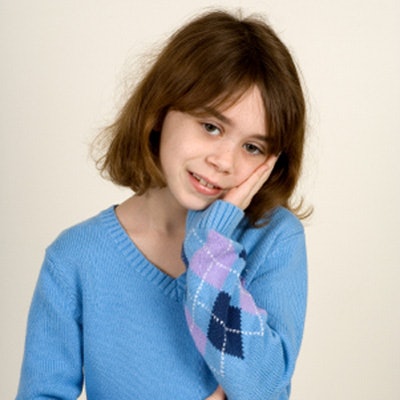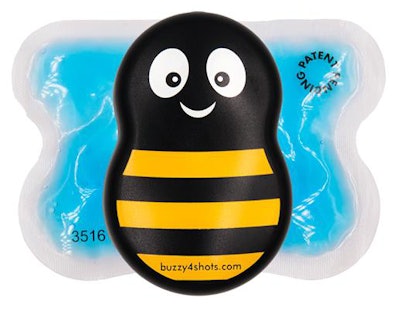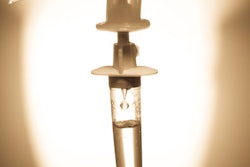
A cold and buzzing bee-shaped device has once again proved to reduce children's injection pain in a new study. The device, known as Buzzy, significantly reduced pain scores for children who received a local anesthetic prior to dental treatment.
Buzzy (PainCareLabs) attempts to mask injection pain by combining a vibrating base with an accompanying ice-cold gel compress. Researchers from Turkey put the device to the test with dozens of children who needed primary molars extracted. Their findings suggest vibration and cold can help manage the physical and psychological pain from injections.
 Buzzy has a vibrating base and cold wings. Image courtesy of PainCareLabs.
Buzzy has a vibrating base and cold wings. Image courtesy of PainCareLabs."This study found that the application of external cooling and vibration on the site of local anesthesia had a significant effect on the injection pain experienced by children during dental treatment," wrote the authors, led by Elif Bilsin, BSN, PhD, from Gaziantep University in Şehitkamil (Journal of PeriAnesthesia Nursing, September 26, 2019).
Previous research has suggested that using cold and vibration combined better distracts children from injection pain than using either method on its own. The researchers tested that theory in a randomized clinical trial with 60 children who visited Gaziantep University's department of oral and maxillofacial surgery to have primary molars extracted.
Half of the children used Buzzy two minutes before mandibular anesthesia and during injection, while the other half received no intervention. Researchers analyzed the children's pain using the Wong-Baker Faces Pain Rating Scale, in which children pick one of six faces that represents their pain. The pain is then rated on a scale of 0 to 10, with 0 as no pain and 10 as the worst pain.

Children who used Buzzy reported significantly less pain than those who received local anesthesia without any intervention. In addition, older children experienced less pain than younger study participants.
The researchers cautioned their findings were limited by a relatively small sample size, although the number of participants was still large enough for the results to be significant. They also noted the combination of cold and vibration is promising for administering local anesthesia during dental treatments.
"Inadequate management of pain might have significant physical and psychological results," the authors wrote. "This study evaluated the impact of external cooling and vibration devices on the pain caused by injections applied to the site of local anesthesia during dental treatment in children and concluded that these applications were quite effective on the pain experienced by the injection."



















